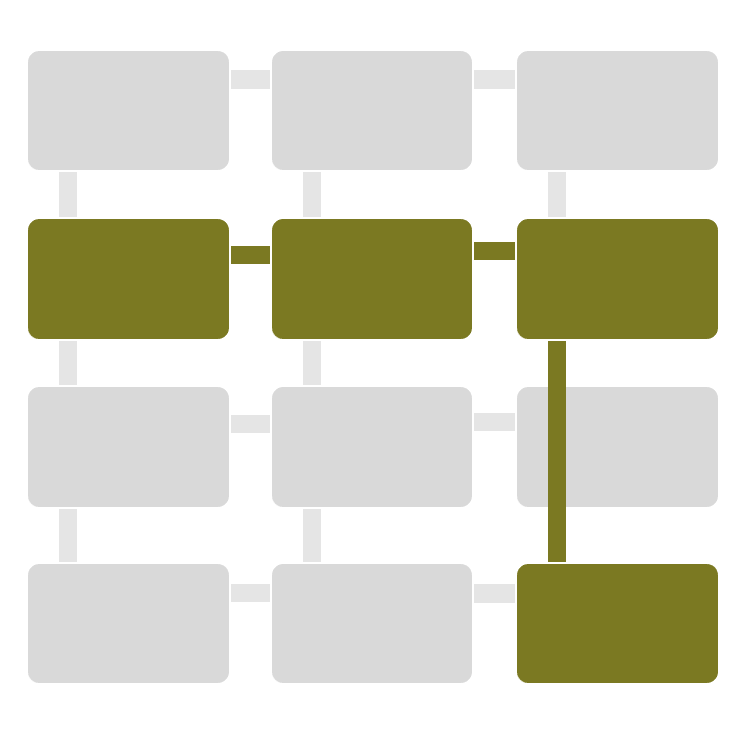
Path 7. Program Visibility
 Effective program leadership often involves increasing program visibility using all available communicative resources. Chapters in this path explore the utility in and possibilities of using graphics to represent program values, events, and curricula to audiences within and beyond our programs.
Effective program leadership often involves increasing program visibility using all available communicative resources. Chapters in this path explore the utility in and possibilities of using graphics to represent program values, events, and curricula to audiences within and beyond our programs.
- 04. "WPA Responsive Genre Change: Using Holographic Thinking to Unflatten a Celebration of Student Writing," by Kate Pantelides, Jacie Castle, and Katherine Thach Musick
- 05. "Diagram as Boundary Object: Incorporating Visuals Into WPA Practice," by David S. Martins
- 06. "Designing to See, Mean, and Act: Giving Shapes To Programmatic Goals," by Laurence José
- 12. "Graphic Re-Imaginings: Curricular Revision With/in/Through Programmatic Representations," by Logan Bearden
Response to "Program Visibility" in Radiant Figures

Figure 1. A hand illustrated map of program visibility in Radiant Figures. The sketch features an island with a dragon and a mountain range running vertically through the land mass. The left side of the island features grassy plains annotated with positive qualities of visual rhetorics in everyday administrative contexts. The right side of the map includes cautions, concerns, and perilous dimensions of visual rhetorics in everyday administrative contexts.
References
Path 7. Program Visibility

04. WPA Responsive Genre Change

05. Diagram as Boundary Object
David Martins

06. Designing to See, Mean, and Act
Laurence José
